Plantfit
Log in / Register
Existing customer?
New customer?
Create an account to track your orders, access our customer service and, if you wish, make the most of our upcoming offers.
My Account
Hello
Shipping country and language
Your country of residence may be:
For a better user experience on our website, you can select:
Your shipping country:
Andorra
Austria
Belgium
Bulgaria
Croatia
Czechia
Denmark
Estonia
Finland
France
Germany
Greece
Hungary
Iceland
Ireland
Italy
Latvia
Lithuania
Luxembourg
Monaco
Netherlands
Poland
Portugal
Romania
Slovakia
Slovenia
Spain
Sweden
Switzerland
Language:
French
English
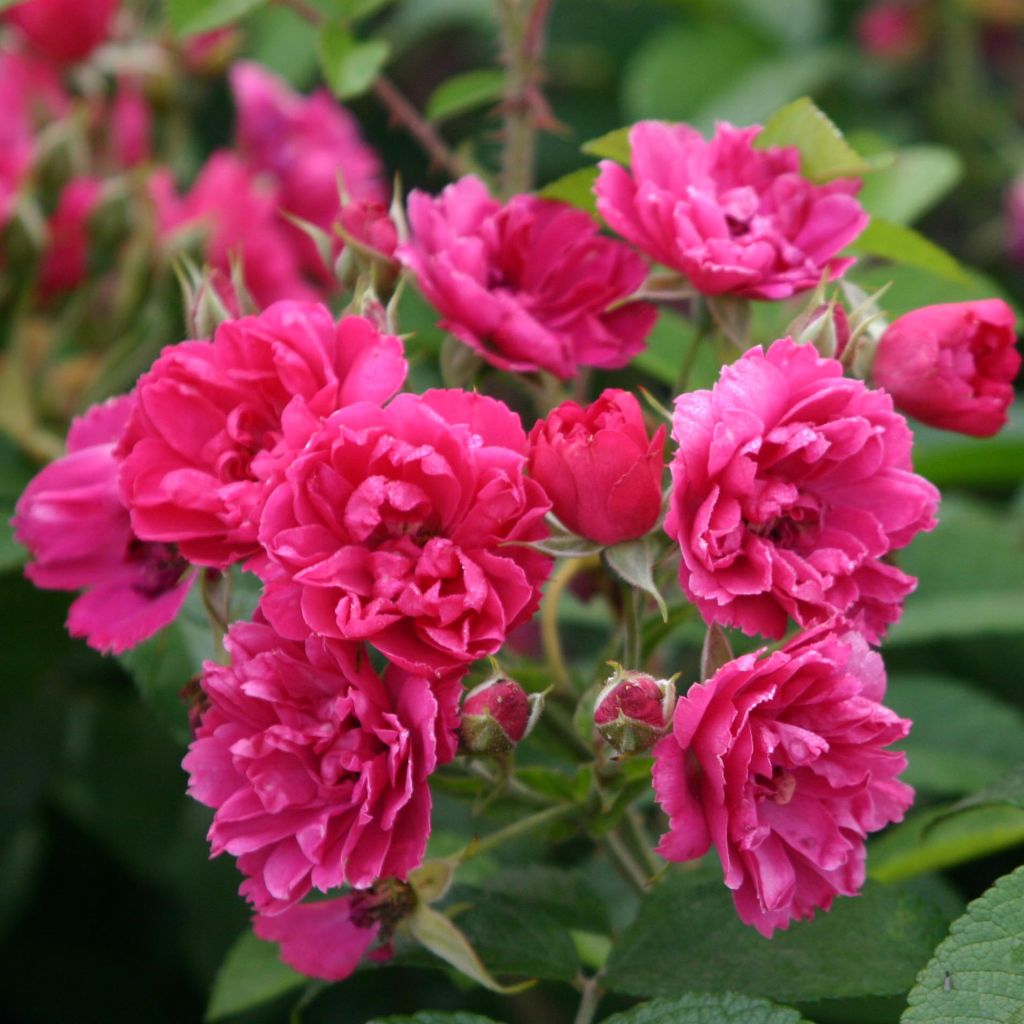

Rosier F.J Grootendorst - Rosa (x) rugosa
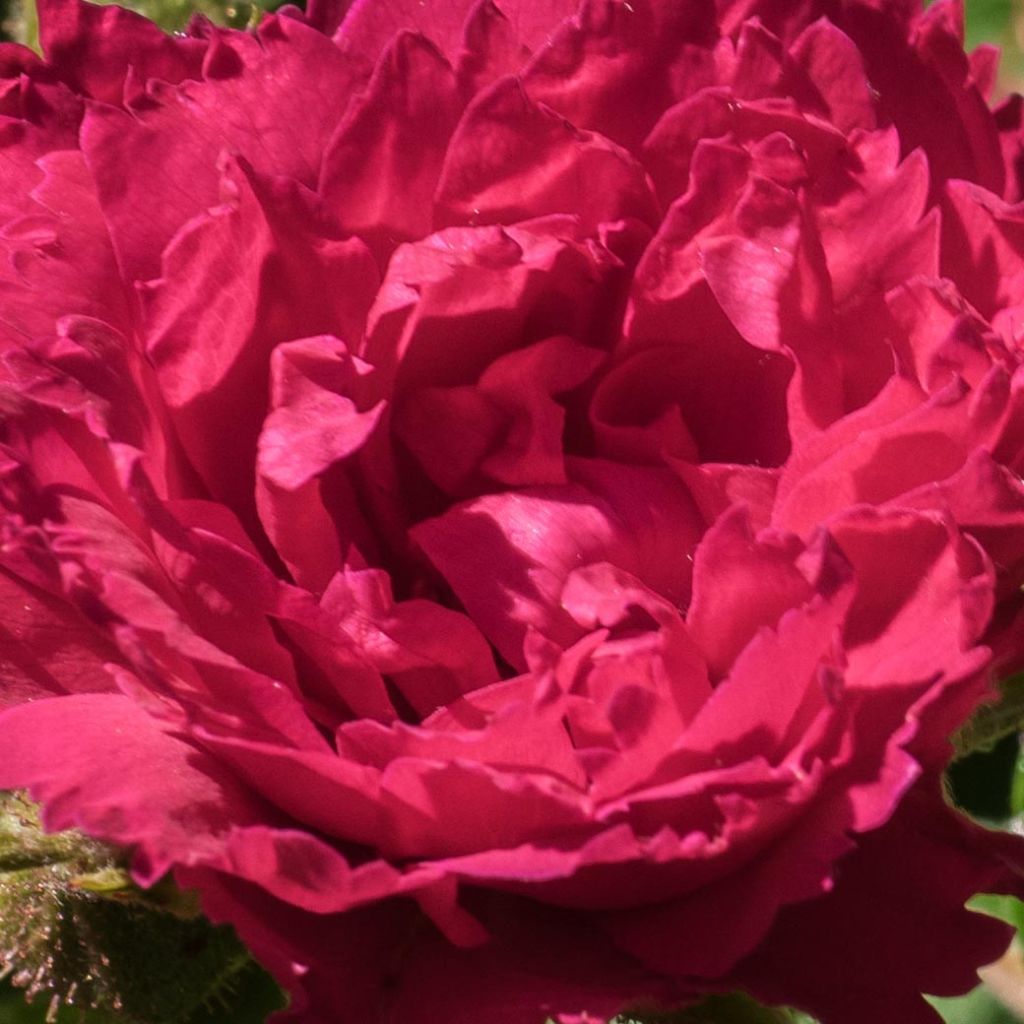

Rosier F.J Grootendorst - Rosa (x) rugosa
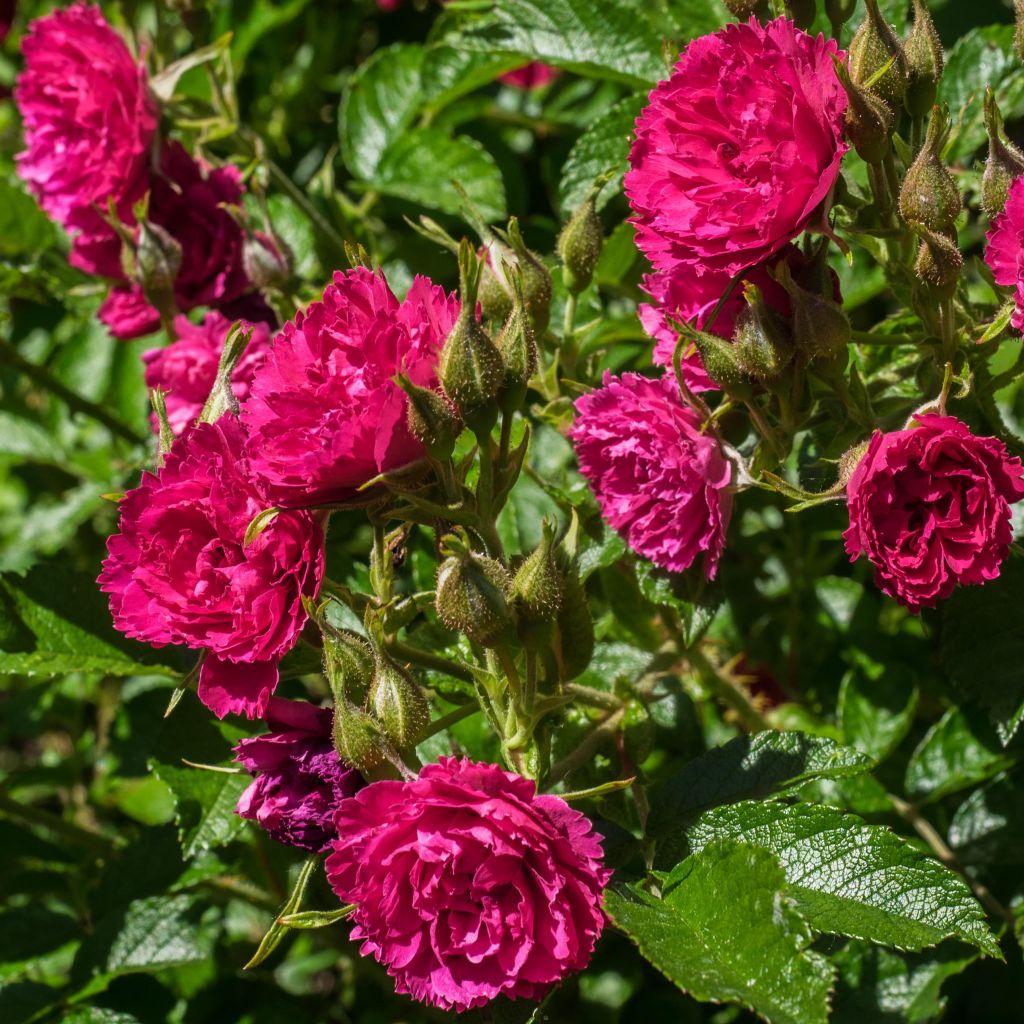

Rosier F.J Grootendorst - Rosa (x) rugosa
Rosa rugosa F.J. Grootendorst
Rosa x rugosa F.J Grootendorst
Rugosa Rose, Japanese Rose
Thanks to the individuals (order preparation and shipping service), the bare root rose received appears healthy to me. Planted near the 'Scarlet Bonica' and 'That's Jazz' varieties, I am now awaiting spring growth... (or not?).
Thierry, 22/02/2022
Order in the next for dispatch today!
Dispatch by letter from €3.90.
Delivery charge from €5.90 Oversize package delivery charge from €6.90.
More information
This item is not available in your country.
Select delivery date,
and select date in basket
This plant carries a 24 months recovery warranty
More information
We guarantee the quality of our plants for a full growing cycle, and will replace at our expense any plant that fails to recover under normal climatic and planting conditions.
From €5.90 for pickup delivery and €6.90 for home delivery
Express home delivery from €8.90.
From €5.90 for pickup delivery and €6.90 for home delivery
Express home delivery from €8.90.
Does this plant fit my garden?
Set up your Plantfit profile →
Description
The 'F. J. Grootendorst' Rose is a robust horticultural hybrid. It is a very floriferous, slightly perpetual, and disease-free plant. It grows into a vigorous and bushy shrub, which bears small double roses ranging from bright red to carmine pink, with fringed petals that make them resemble carnations. They are gathered in clusters and adorn a beautiful light to medium green, glossy, foliage, throughout the entire growing season. This hardy plant is very easy to grow and tolerates both sea spray and poor soil.
A magnificent horticultural success, the 'F.J Grootendorst' Rose was born in 1918, thanks to De Goey. It resulted from the crossbreeding between the remarkably hardy Rosa rugosa 'Rubra', a Japanese rose native to the Far East, inhabiting coasts and sandy dunes, and Rosa x Polyantha 'Mme Norbert Levavasseur', with perpetual small bunches of bright red roses.
'F. J. Grootendorst' quickly develops into a dense bush, reaching 1.20m (3ft) to 1.50m (5ft) in height, sometimes more, with a spread of 1m (3ft). Its straight and highly branched stems are brown and covered in prickles. In June-July and late summer, they bear clusters of roses 3 to 4 cm (1 to 2in) in diameter which are double and curiously fringed. The pointed buds gradually open into flowers displaying various shades of magenta red, dark pink, carmine and crimson. They are barely scented and do not produce any fruit. The deciduous foliage, abundant down to the base of the plant, is composed of leaves with an embossed appearance, divided into fairly light green, glossy leaflets. And in October, as the flowering season comes to an end, the branches turn beige and the leaves a beautiful golden yellow. All rugosa roses tend to sucker.
The passion for old roses is widespread and well-justified: these roses are not only the ancestors of our modern roses, but also the glory of our gardens. Rosa rugosa 'F. J. Grootendorst' is a powerful rose, ideal for a hedge or defensive hedgerow, as the balance between foliage and flowers is perfect and it forms a thorny mass that is difficult to cross. It can be associated with its white and pink siblings, 'Pink Grootendorst' and 'White Grootendorst', but also with cotinus, lilacs, mock oranges, or even viburnums, shrubs with a rustic character and just as easy to grow. Lastly, it is an excellent coastal shrub, to be planted in the front line, in soil that remains moist.
Rosa rugosa F.J. Grootendorst in pictures
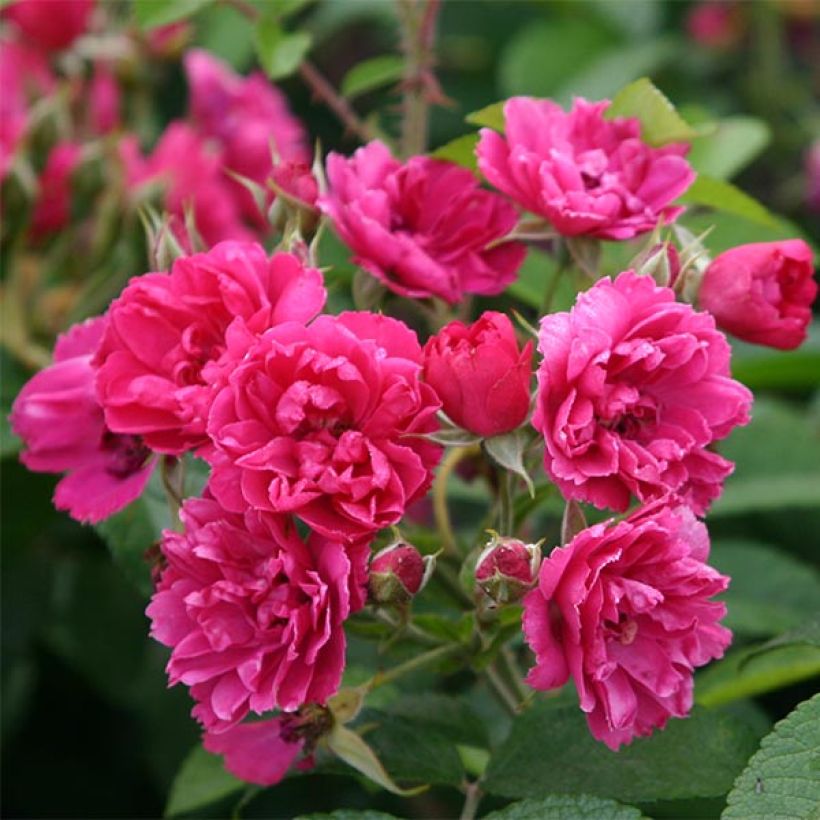

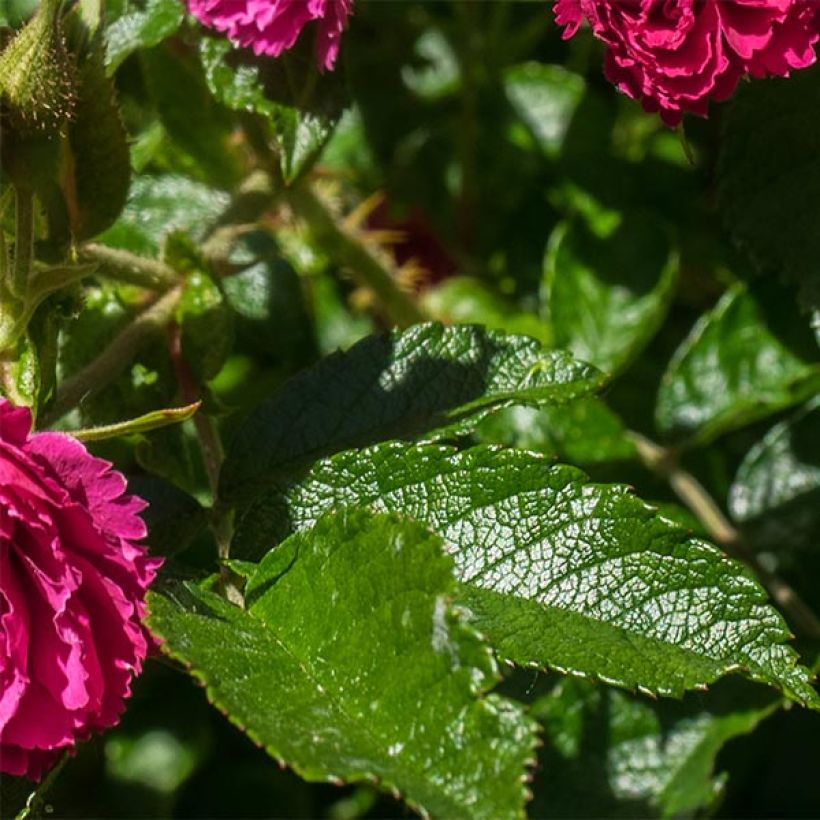

Plant habit
Flowering
Foliage
Botanical data
Rosa
x rugosa
F.J Grootendorst
Rosaceae
Rugosa Rose, Japanese Rose
Cultivar or hybrid
Planting and care
Rosa rugosa 'F. J. Grootendorst' is undemanding, it thrives in all regions that are not too hot, it is disease-free and doesn't mind cold, rain, or poor and occasionally dry soils. It adapts to all types of soil, even sandy, as long it is carefully planted. Plant it in well-worked and well-drained ordinary soil, in a sunny or partially shaded position. This rose is hardy down to -20° (1°F). This variety tends to sucker, which further enhances it.
To plant your rose, whether in a pot or in open ground, work your soil to a depth of 25 cm (10in) and use a base fertiliser such as bonemeal, position your plant by covering the top of the root ball with 3 cm (1in) of soil, backfill and water copiously to remove air pockets. In dry weather, water regularly for a few weeks to aid rooting. Also remember to provide your rose with special rose fertilizer that stimulates flowering.
Roses are often spotted or unsightly in late summer but this is not a problem for their development. These spots are not dangerous for the rose, it is a natural phenomenon.
Planting period
Intended location
Care
- , onOrder confirmed
Reply from on Promesse de fleurs
Rosiers par utilisation
Haven't found what you were looking for?
Hardiness is the lowest winter temperature a plant can endure without suffering serious damage or even dying. However, hardiness is affected by location (a sheltered area, such as a patio), protection (winter cover) and soil type (hardiness is improved by well-drained soil).

Photo Sharing Terms & Conditions
In order to encourage gardeners to interact and share their experiences, Promesse de fleurs offers various media enabling content to be uploaded onto its Site - in particular via the ‘Photo sharing’ module.
The User agrees to refrain from:
- Posting any content that is illegal, prejudicial, insulting, racist, inciteful to hatred, revisionist, contrary to public decency, that infringes on privacy or on the privacy rights of third parties, in particular the publicity rights of persons and goods, intellectual property rights, or the right to privacy.
- Submitting content on behalf of a third party;
- Impersonate the identity of a third party and/or publish any personal information about a third party;
In general, the User undertakes to refrain from any unethical behaviour.
All Content (in particular text, comments, files, images, photos, videos, creative works, etc.), which may be subject to property or intellectual property rights, image or other private rights, shall remain the property of the User, subject to the limited rights granted by the terms of the licence granted by Promesse de fleurs as stated below. Users are at liberty to publish or not to publish such Content on the Site, notably via the ‘Photo Sharing’ facility, and accept that this Content shall be made public and freely accessible, notably on the Internet.
Users further acknowledge, undertake to have ,and guarantee that they hold all necessary rights and permissions to publish such material on the Site, in particular with regard to the legislation in force pertaining to any privacy, property, intellectual property, image, or contractual rights, or rights of any other nature. By publishing such Content on the Site, Users acknowledge accepting full liability as publishers of the Content within the meaning of the law, and grant Promesse de fleurs, free of charge, an inclusive, worldwide licence for the said Content for the entire duration of its publication, including all reproduction, representation, up/downloading, displaying, performing, transmission, and storage rights.
Users also grant permission for their name to be linked to the Content and accept that this link may not always be made available.
By engaging in posting material, Users consent to their Content becoming automatically accessible on the Internet, in particular on other sites and/or blogs and/or web pages of the Promesse de fleurs site, including in particular social pages and the Promesse de fleurs catalogue.
Users may secure the removal of entrusted content free of charge by issuing a simple request via our contact form.
The flowering period indicated on our website applies to countries and regions located in USDA zone 8 (France, the United Kingdom, Ireland, the Netherlands, etc.)
It will vary according to where you live:
- In zones 9 to 10 (Italy, Spain, Greece, etc.), flowering will occur about 2 to 4 weeks earlier.
- In zones 6 to 7 (Germany, Poland, Slovenia, and lower mountainous regions), flowering will be delayed by 2 to 3 weeks.
- In zone 5 (Central Europe, Scandinavia), blooming will be delayed by 3 to 5 weeks.
In temperate climates, pruning of spring-flowering shrubs (forsythia, spireas, etc.) should be done just after flowering.
Pruning of summer-flowering shrubs (Indian Lilac, Perovskia, etc.) can be done in winter or spring.
In cold regions as well as with frost-sensitive plants, avoid pruning too early when severe frosts may still occur.
The planting period indicated on our website applies to countries and regions located in USDA zone 8 (France, United Kingdom, Ireland, Netherlands).
It will vary according to where you live:
- In Mediterranean zones (Marseille, Madrid, Milan, etc.), autumn and winter are the best planting periods.
- In continental zones (Strasbourg, Munich, Vienna, etc.), delay planting by 2 to 3 weeks in spring and bring it forward by 2 to 4 weeks in autumn.
- In mountainous regions (the Alps, Pyrenees, Carpathians, etc.), it is best to plant in late spring (May-June) or late summer (August-September).
The harvesting period indicated on our website applies to countries and regions in USDA zone 8 (France, England, Ireland, the Netherlands).
In colder areas (Scandinavia, Poland, Austria...) fruit and vegetable harvests are likely to be delayed by 3-4 weeks.
In warmer areas (Italy, Spain, Greece, etc.), harvesting will probably take place earlier, depending on weather conditions.
The sowing periods indicated on our website apply to countries and regions within USDA Zone 8 (France, UK, Ireland, Netherlands).
In colder areas (Scandinavia, Poland, Austria...), delay any outdoor sowing by 3-4 weeks, or sow under glass.
In warmer climes (Italy, Spain, Greece, etc.), bring outdoor sowing forward by a few weeks.